There is so much more to tell about the Kazakhstan trip but I am very glad that I have finally managed to make it to day two of the four day Kazakhstan trip. Having barely slept the night before our one-night stay at the Korgalzhyn State Nature Reserve I was anticipating hitting the bed in our four-person cabin and being immediately unconscious and staying that way until my alarm clock awakened me for another wonderful day’s birding. I managed to fall asleep rapidly but was rather unexpectedly jolted awake in the middle of the night by a bear! Well, at least that is what I thought it was at first but I quickly got over my panic and realized it was just one of my three cabin-mates snoring unbelievably loudly. After trying to sleep with the aural equivalent of a jet taking off in the next bed every five seconds or so I decided to take action and gently hit the unnamed snorer with a pillow once. Then again. Then again, harder. Then I wailed him upside the head. That did the trick and I was asleep again in no time. When I woke up again I had a sky like this greeting me.
Of course, before I bothered to take a look at the sky I was in the reeds with Dale and Clay working hard to get a first look at one of the Paddyfield Warblers that we had heard the night before while admiring the sunset. That task out of the way (I got a quick look at a bland little bird so I know for sure it was an old world warbler) I wandered out into the grass and stared at the sky some more. In case you haven’t noticed I really liked looking at the sky in Kazakhstan, partially because having lived with mountains (and now tall buildings) around me my whole life I haven’t been used to such big skies and partially because, well, Kazakhstan has some gorgeous skyscapes.
Of course, as always, I was keeping my eyes out for birds. And there were good birds everywhere, like a male Red-footed Falcon on power lines or a Spotted Flycatcher in a bander’s hands.
What I found very impressive were the thousands of White-winged Black Terns out over the lake that were so numerous and distant that they looked like a cloud of mosquitoes. I just wish that we had a boat at our disposal so we could have gone out among them because I don’t think I had ever seen that many terns of any species. And a frustrating experience was hearing a Common Quail saying “wet my lips” over and over and over and over and over again but never getting sight of the bird, even after some of us made a line and walked through the field. I put the bird on my year list (which, by the way, is a burgeoning 563 as of this writing, but the Common Quail will not make my life list).
After a quick break for breakfast we were all supplied with the new digiscoping adaptor Swarovski wanted us to try and headed back out into the field to see what birds we could find and digiscope. I went with the group that was to explore along the margins of yet another lake for waterfowl and shorebirds and whatever else wanted to cross our path. I am pleased to say that we saw and digiscoped many birds and had a grand old time!
Yellow Wagtail
female Common Redstart
Citrine Wagtail
And those three species were just the ones that let me get the camera on them in the first fifteen minutes or so of our outing. Even better were the two species of shrike that we spotted, Isabelline Shrike and Red-backed Shrike, doubling the number of shrikes on my life list in less than an hour!
Isabelline Shrike is above and Red-backed Shrike is below
And the waterfowl, the waterfowl! Everything from familiar species like Northern Shoveler, Gadwall, and Northern Pintail to birds that make North American birders happy like Whooper Swan, Greylag Goose, and Eurasian Coot to birds that everyone was excited to see like Red-crested Pochard, Ferruginous Duck, and, especially, White-headed Duck!
Common Shelducks flying by
two male and one female Red-crested Pochard (and a Gadwall on the left)
I haven’t even mentioned the shorebirds we spotted (everything from Whimbrel to Temmink’s Stint to Black-winged Stilt to Dunlin) but I think this post has meandered on long enough and it is time to bring it to a quick and merciful end. I will say that if you want to see lots of great birds you could do worse that the Korgalzhyn State Nature Reserve in May and I will leave you with a lousy picture of one of my favorite birds of the morning, a White-winged Black Tern.
________________________________________________________________________________________________
My trip to Kazakhstan was made possible by the wonderful folks at Swarovski Optik who sponsored the trip 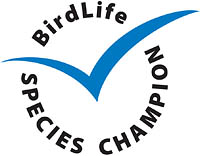 not only to draw attention to their marvelous optics but to the fact that Swarovski Optik is, with the RSPB, the Species Champion for the Sociable Lapwing, a critically endangered species that breeds almost entirely in Kazakhstan. We here at 10,000 Birds, the only blog designated a Species Champion by BirdLife International, salute Swarovski Optik‘s commitment to conservation.
not only to draw attention to their marvelous optics but to the fact that Swarovski Optik is, with the RSPB, the Species Champion for the Sociable Lapwing, a critically endangered species that breeds almost entirely in Kazakhstan. We here at 10,000 Birds, the only blog designated a Species Champion by BirdLife International, salute Swarovski Optik‘s commitment to conservation.
To learn more about 10,000 Birds’ commitment to conservation through BirdLife International’s Species Champion program and what it means to us at 10,000 Birds (or to donate to the program through 10,000 Birds) just click on the nice Species Champion logo to the right.


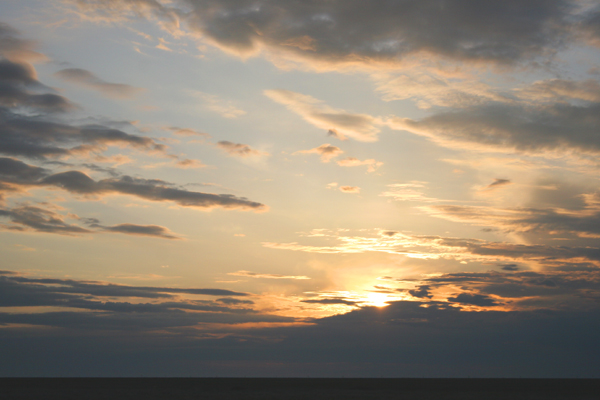
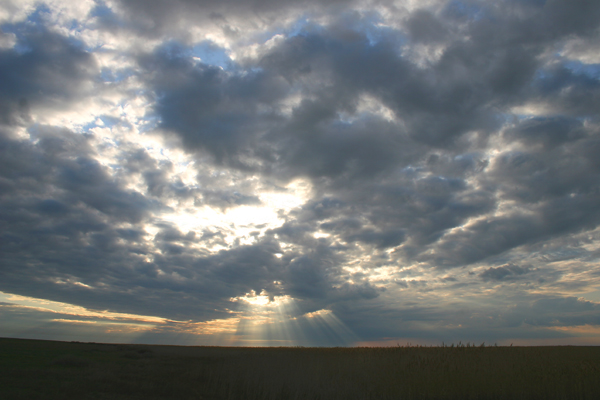
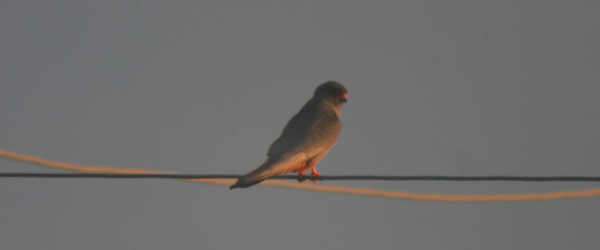
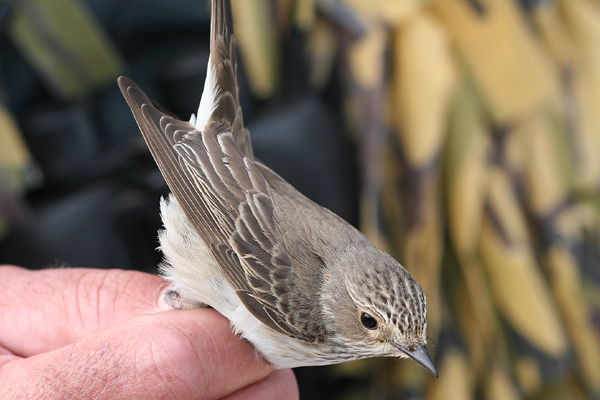
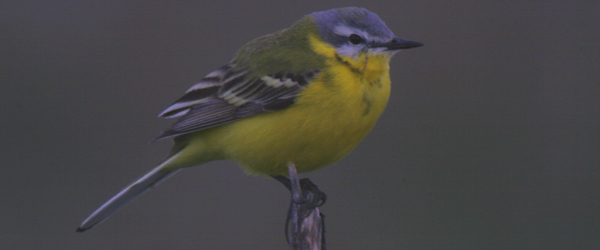
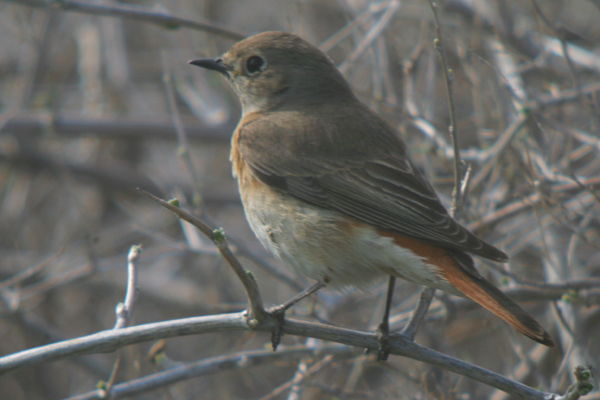
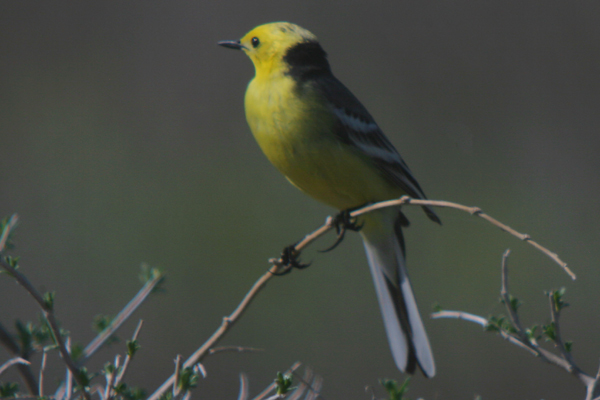
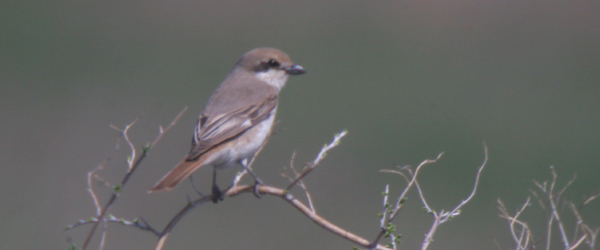
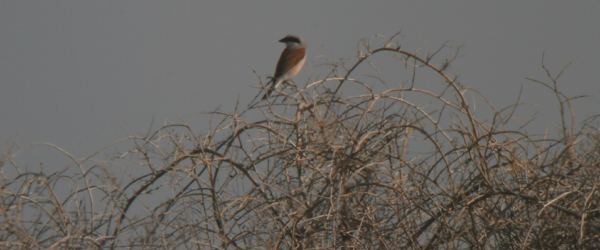
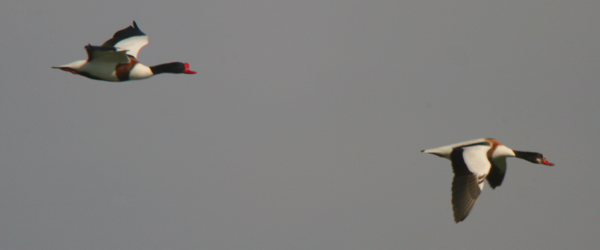
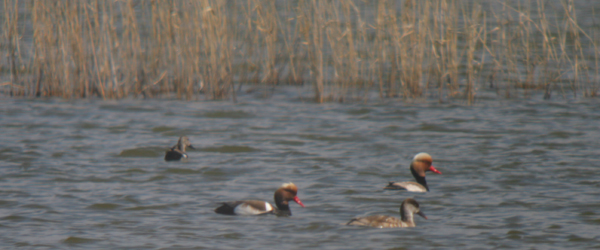
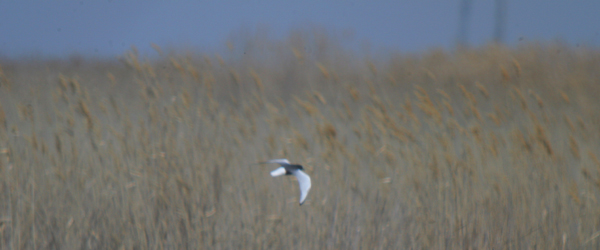











A White-winged Black Tern I think actually tried to nest in NY a few years ago, it paired up with a Black Tern, but I don’t remember how sucessful it was.
Besides I can find all those waterfowl in NY, just most of them would be considered escapes…
Also Corey, I’m sorry to say you missed a good pun here. All you needed was another Shrike photo.
Shirke one, Shrike two, Shrike threeeeeeeeeeeeeeeeeeeeeeeeeee!
Ok, I’m going to work now.
Corey,
a) “… a bland little bird …” – Did you really think you’d get away with this? I’ll say it again: one of the most vividly patterned Acrocephalus warblers – whatever this may mean!
b) The Yellow Wagtail is of the form beema which is often/usually/by all people who know what they are talking about split from Yellow Wagtail.
c) SEEING a Common Quail!? Listen, Corey, I’ve been birding for 30 years now, have heard what may well be 1,000 Common Quails (they are pretty common around Greifswald) and have seen ONE flushed for a second or two. Adding Common Quail only to your life list when seen? Well, you’d better be a man on a mission then!
d) The Isabelline Shrike is apparently of the form phoenicuroides (although it does appear rather pale) which is sometimes split and called – I think – Daurian Shrike. It won’t matter much to you as you haven’t seen the other forms but may be something to keep in mind.
e) White-headed Duck is amazing!
f) White-winged Terns are incredibly beautiful, happy you saw them so nicely.
Jochen: Corey’s an American and I don’t think he’ll ever grasp the subtle beauty of an unmarked, tea-coloured, acro that doesn’t show well, lives in a mosquite-ridden swamp, and looks pretty much like a pile of other small, brown, bland skulking birds that also live in swamps and don’t show well. Hard to understand why, but what can you do…
I think you are right, Charlie. It’s no use, just like we in the WP will never really understand what all the buzz surrounding spring male American warblers is about. A bunch of colours, yeah, but no character, right? No inner beauty.